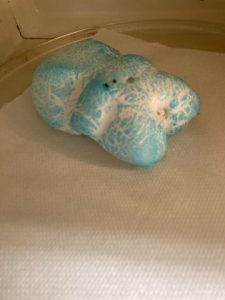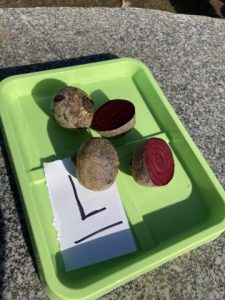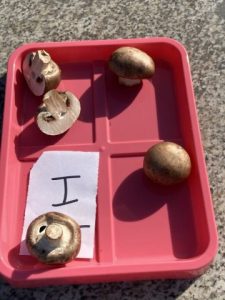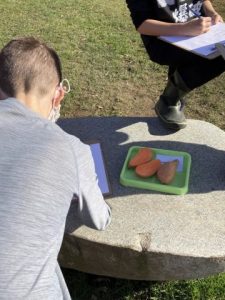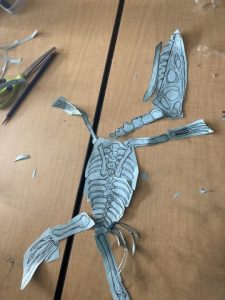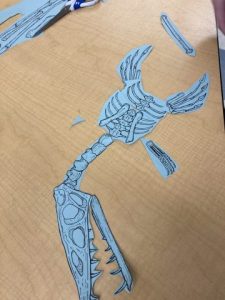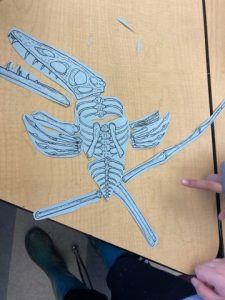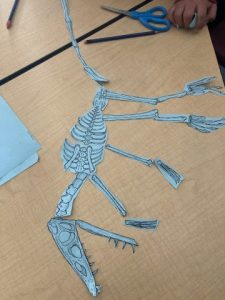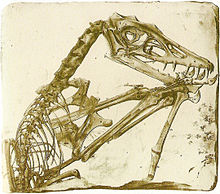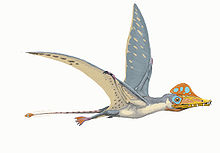Hello, writers! Your Extreme Writing Topics for today. Watch the video below, then give yourself 10 minutes to write about whatever topic(s) inspire you! You can either keep this writing and hand it in when I see you in class again, or you can e-mail it to me!
- Write a story from the perspective of the beluga whale. What is the whale thinking? Does the whale like the music? Is the whale ‘singing’ along?
- Do you play any musical instruments? If so, what? If not, what would you like to play (ex: guitar, saxophone, kazoo)?
- Do you think animals like music? Why or why not?
- Write a story about an animal starting a band or playing an instrument. What happens?
Good luck, writers!

